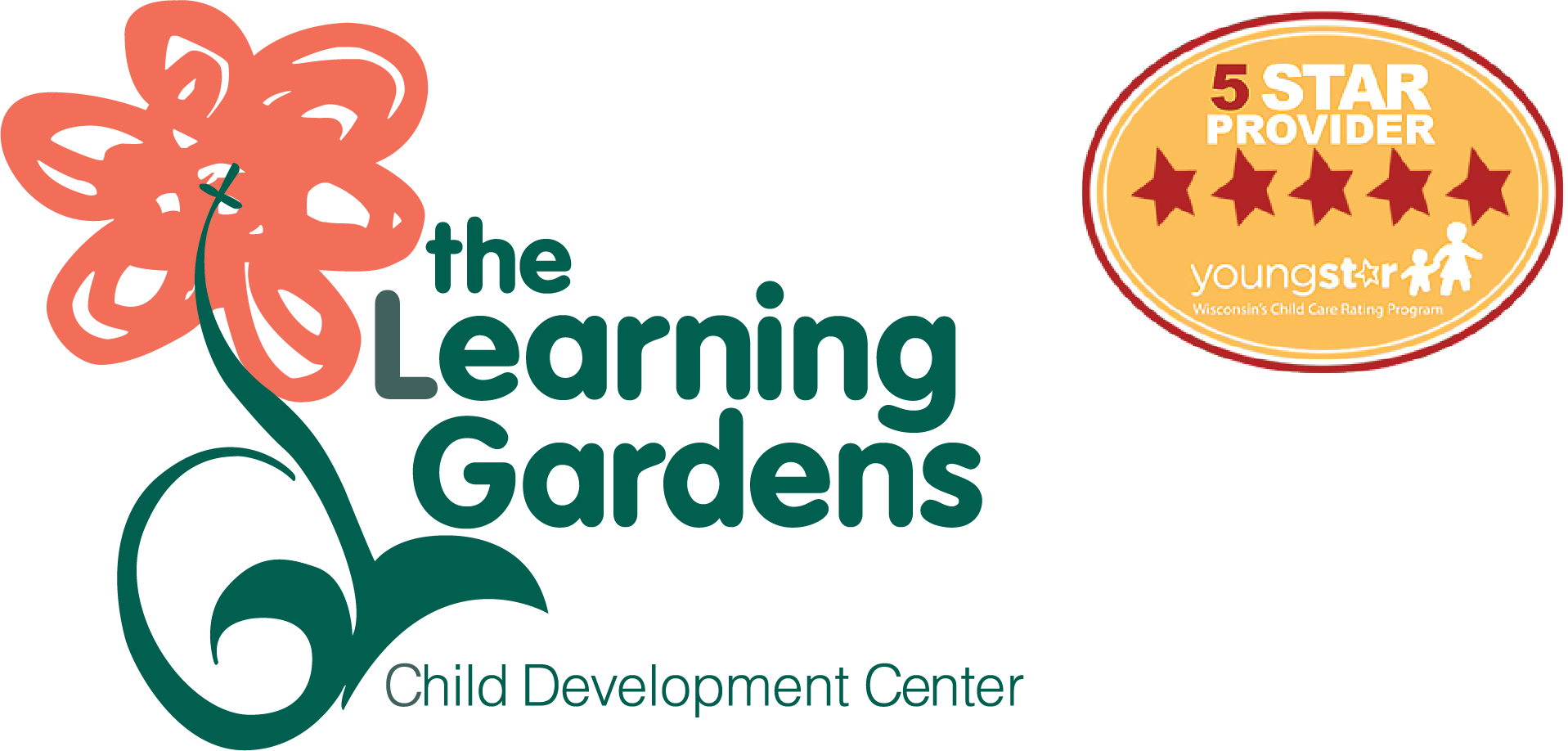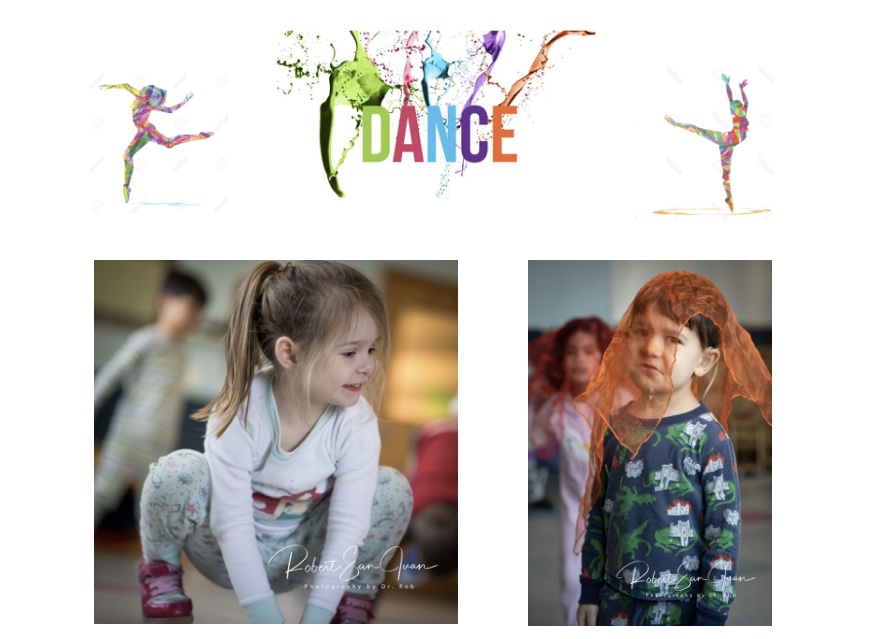 Meet Caylyn!
Meet Caylyn!
Caylyn teaches dance and choreography classes to all older toddler, preschool, 4K and school-age classrooms. She also incorporates her dance classes for our summer camp children. Her upbeat personality shines through when she is dancing with children. Caylyn encourages children use dance as a vessel to express feelings and emotions.
She believes dance education can teach early learners to practice what is usually reserved for older students in other academic subjects. In addition, dance gives the freedom and permission for students to question and explore, “What if?” “What if I send my ribs this way?” The movement is endless during her classes and beyond.
Dance classes are schedule for once a week with differing session lengths depending on age.
Benefits of Dancing For Our Brain Health
https://youtu.be/72F2l7sz2ZU
15 Reasons to Dance
Recently I read Judith Lynne Hanna’s 1999 book, Partnering Dance and Education. I really appreciated Hanna’s thorough analysis of the topic, as she explored the potential of dance education, discussed various models of teaching, and cited specific programs and research studies that helped to illustrate the ideas. Particularly I enjoyed her many reasons why learning dance is so valuable, including an entire chapter called “The Power of Dance Well Taught.”
I’d like to share here, straight from the book, 15 benefits of dance and dance education, as listed by Judith Lynne Hanna.
1) Dance education aids the development of kinesthetic intelligence.
2) Dance education creates opportunities for self-expression and communication within the constraints of the medium of the body.
3) Dance, whether representational, thematic, or abstract, is a repository of civilization that changes through time.
4) Dance education teaches the values and skills of creativity, problem solving, risk taking, making judgments in the absence of rules, and higher-order thinking skills.
5) Dance provides an opportunity for students to recognize that there are multiple solutions to problems.
6) The study of dance fosters an individual’s ability to better interpret interpersonal nonverbal communication.
7) Dance education provides a strong base from which to analyze and make informed judgments about corporeal images.
8) Learning the dances of other cultures helps students to develop an understanding and respect for them.
9) Through stimulating all the senses, dance goes beyond verbal language in engaging dancers and promoting the development of multi-sensory beings.
10) Dance provides options to destructive alternatives in a world that is unpredictable and unsafe for children.
11) Dance education prepares people for careers in dance and other fields.
12) Dance enhances an individual’s lifelong quality of life.
13) Participation in dance benefits our communities economically.
14) Dance education helps students develop physical fitness, appreciation of the body, concern for sound health practices, and effective stress management approaches.
15) Dance education contributes to the National Education Goals (from the Educate America Act of 1994).

